The Citadel of Dinant, Belgium

When we think of the Western Front during World War One, we tend to think of the static killing grounds of trench warfare. While this was true for many grueling years of war, during its first months in 1914, WWI was a war of movement.
The German offensive in August 1914 involved a sweep through Belgium in an attempt to take Paris and knock France out of the war before its ally, Russia, could mobilize. What the Germans didn’t expect was the fierce resistence put up by the Belgians. Its small but determined army slowed down the German advance, aided by a string of outdated but stubbornly defended forts.
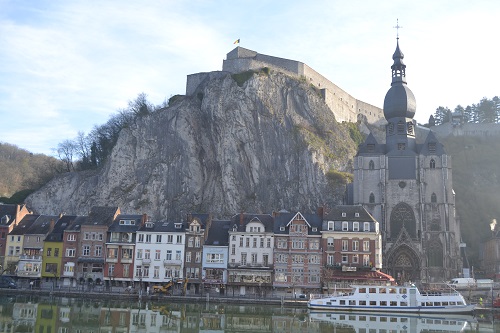
One of these was the ancient citadel of Dinant. Set along the Meuse River, this citadel dominates the important town of Dinant, as well as traffic along the key waterway. The earliest recorded castle was built there in 1040 by the bishop of Liege. Over the centuries, it grew into a massive fortress. When Charles the Bold attacked it in 1466, he needed a large army and his famous artillery to force it to surrender.
The citadel went through many modifications and upgrades over the centuries, most notably during the reign of Louis XIV, when the famous military architect Vauban built a new fortress on the site, finishing in 1698. The present citadel was built in 1830 and was thus outmoded by the time the Germans invaded in 1914.
The battle for Dinant took place on August 23. A mixed army of French and Belgian troops tried to stop the German advance, but were eventually pushed back. Among the casualties was a young lieutenant named Charles de Gaulle, who was wounded. The experience of seeing so many of his comrades mown down while making bayonet charges against German machine guns soured him to the French High Command.
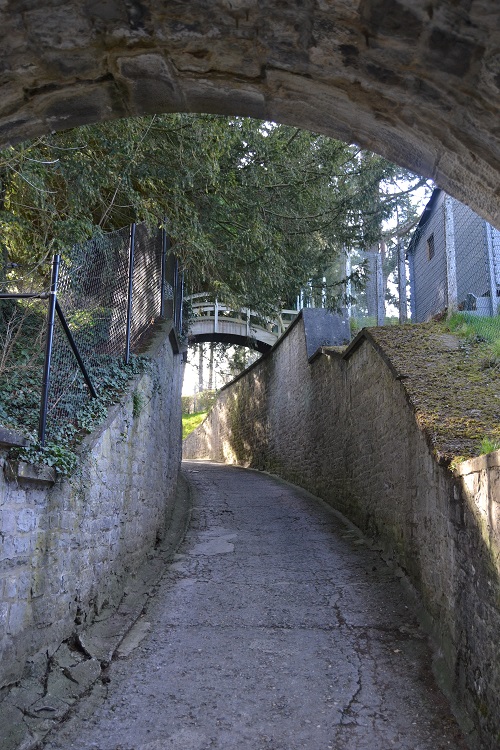
When the Germans took over the citadel and town, they started repairing the bridges over the Meuse River that the retreating French and Belgians had destroyed. While doing so, they were allegedly sniped at by townspeople in Dinant. This led to a savage reprisal in which 674 local civilians were killed. The massacre, along with other atrocities in other towns, was soon dubbed the Rape of Belgium and became a rallying cry for bringing other nations into the war.
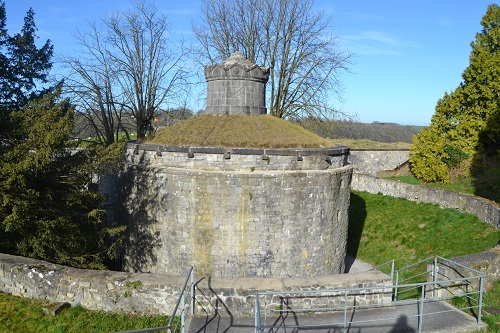
Today, visitors can see most parts of the fort and see displays about various phases of its history. There’s also a new exhibition about the events of 1914. The citadel offers sweeping views of the river and surrounding countryside, and even a couple of older, ruined castles can be spotted along the banks!
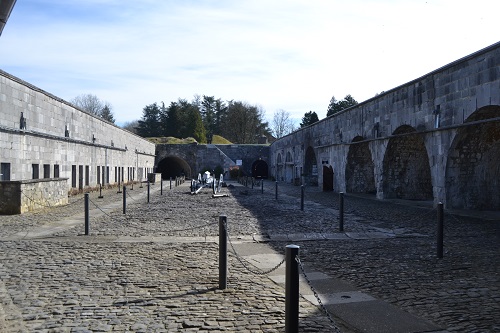
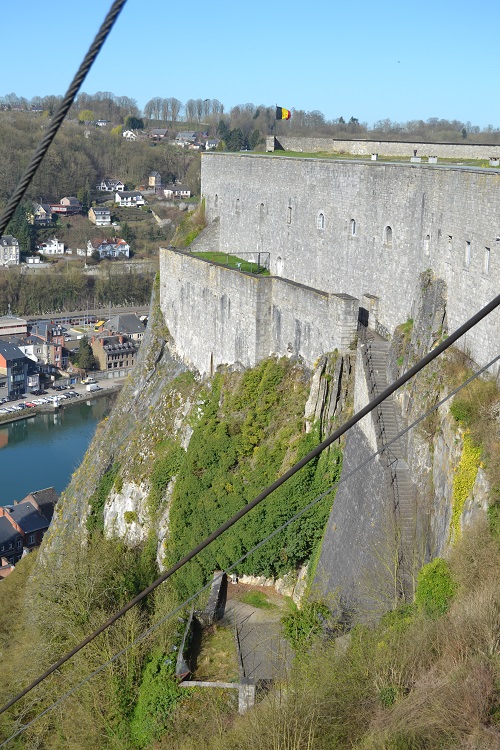

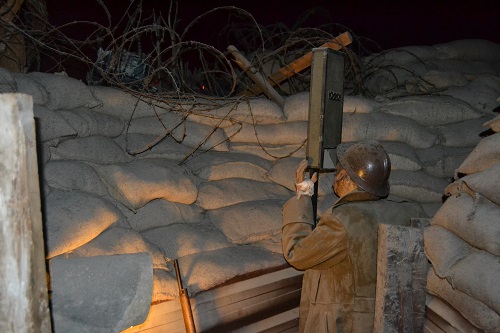
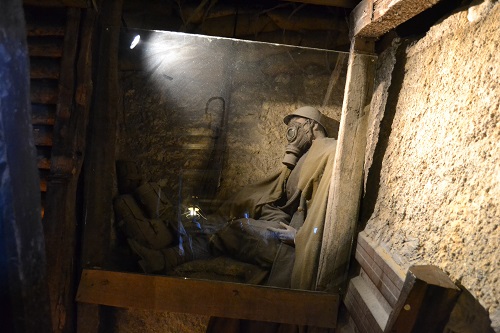
Sean McLachlan is a freelance travel and history writer. He is the author of the historical fantasy novel A Fine Likeness, set in Civil War Missouri, and several other titles. His most recent novel, Trench Raiders, is set on the Western Front. His historical fantasy novella The Quintessence of Absence, was published by Black Gate. Find out more about him on his blog and Amazon author’s page.
All photos copyright Sean McLachlan. This trip was supported by Visit Belgium. All opinions are my own.
[…] the Citadel of Dinant, another outdated fortress that quickly fell to the Germans that I wrote about in an earlier post, […]